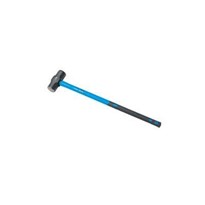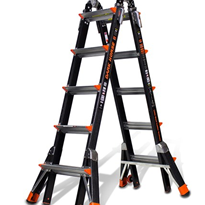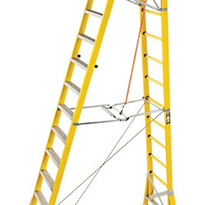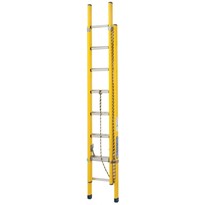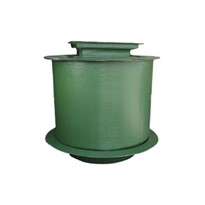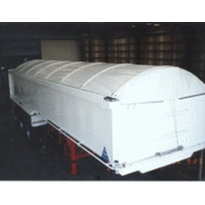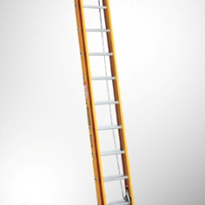It is relatively inexpensive while being hard and rigid. However, it is not without its downsides; in June 2011 the national toxicology program (NTA) in the US considers fibrous glass dust to be “reasonably anticipated [as] a human carcinogen (certain glass wool fibres (inhalable)).”1 Also, more specifically in the use of flap disc backing plates the extreme rigidity isn’t a positive attribute. So, we set out in partnership with Eisenblätter in Germany to produce a friendlier backing plate to both the planet and to people without sacrificing any strength.
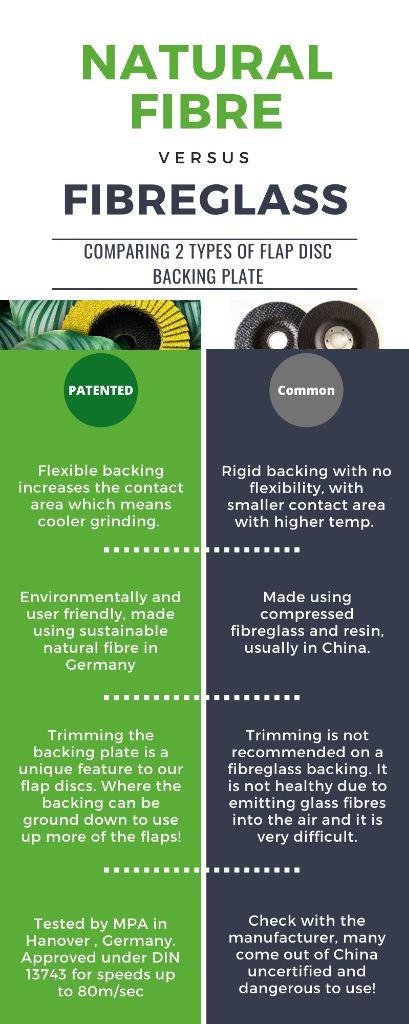
To sum up briefly this natural fibre compound is made specifically for this purpose, yet it all depends on the user and what attributes are valued higher over others. In this case is saving a few cents worth losing all the other benefits of natural fibre. For more information on innovative flap discs, handheld machines or other abrasives please visit our website, or contact us via email to find out more.
1 United States, Congress, U.S. Department of Health and Human Services. “Report on Carcinogens, Fourteenth Edition.” Report on Carcinogens, Fourteenth Edition, National Toxicology Program, 2011, pp. 1–1.





